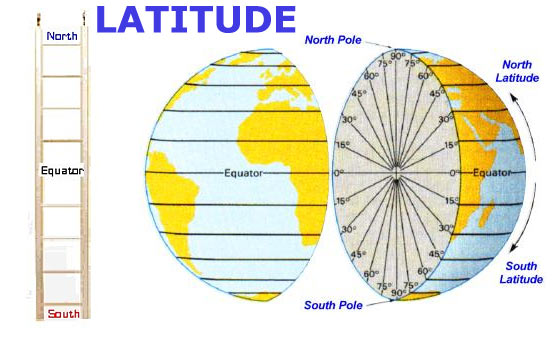InfoOverload2
Well-known member
Can someone help me understand?
it is important to recognise the differenceCan someone help me understand?





Can someone help me understand?
it is important to recognise the difference
between a parallel
and
a conjunction
A parallel by Declination is not the same as a conjunction by Longitude
A parallel is a measurement of declination as measured from the Equator
A conjunction by celestial latitude is measured from the Ecliptic
DEFINITION OF ECLIPTIC
The apparent path of the Sun's motion on the celestial sphere
as seen from Earth
is called the ecliptic.
The ecliptic plane is tilted 23.5° with respect to the plane of the celestial equator
since the Earth's spin axis is tilted 23.5° with respect to its orbit around the sun.
The ecliptic plane intersects the celestial equatorial plane
along the line between the equinoxes.
source: http://hyperphysics.phy-astr.gsu.edu/hbase/eclip.html
In traditional astrology, conjunction by celestial latitude
(which occurs when two planets are in the same hemisphere
and equally placed north or south of the ecliptic) is important
but it was not part of the antiscia technique
and should not be confused with the modem 'parallels of declination'
which are measured instead from the equator.
To ancient astrologers the direction and latitude of a planet
were very significant, used to reveal much about a planet's power and fortitude.
The best planetary position is to be in the northern hemisphere, rising in latitude
the worst in the south, descending.
This consideration is especially relevant to the Moon
who is most fortuitous when northern, rising
and at the same time increasing in light. Deborah Houlding - Skyscript




Parallels of declination have, traditionally, been considered to have the same astrological influence as a strong conjunction (in longitude) does; parallels of declination are unquestionably the most over-looked and under appreciated major facet in astrological delineation today.
Orb is variable; strict constructionists give an orb of 1 degree or less; others, like me, give an average orb of 1.5 degrees, and under certain circumstances will extend that out to as much as 2 degrees.
Planets frequently conjunct by longitude when not in conjucntion by declination or latitudeParallels are pretty important because they act like the conjunction in normal aspects,
except on the latitude level.
But I will point out, parallels are usually seen as insignificant
because a planet that is conjunct normally to another planet
is often parallel as well.
Rarely do planets conjunct but don't parallel.



Parallels are pretty important because they act like the conjunction in normal aspects, except on the latitude level.
But I will point out, parallels are usually seen as insignificant because a planet that is conjunct normally to another planet is often parallel as well. Rarely do planets conjunct but don't parallel.
Just for the record, this is incorrect.
Planets conjoin all time while not being parallel. That is why when they do conjoin AND are parallel, they are very powerful.
Review your sources and you will see your error.
So for example, when one has Sun-Venus conjunct AND parallel, then this person is very tied to their Venus energy that's just smacked on their basic ego/self (Sun)?
Whatever symbolism you choose to delineate that conjunction, [and I would certainly include your symbolism for sign and house], it would just be significantly more powerful than if only conjunct and not parallel.
